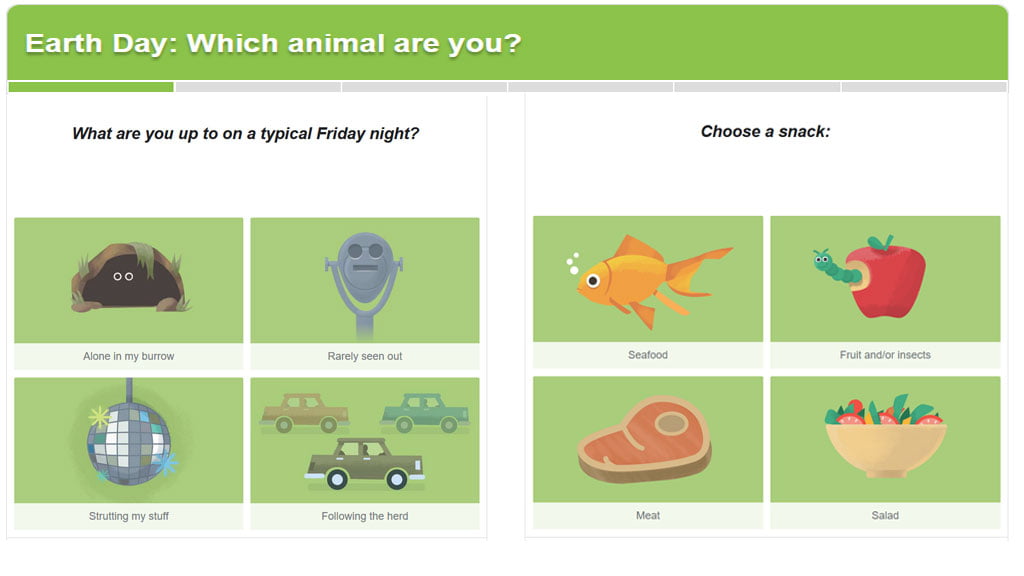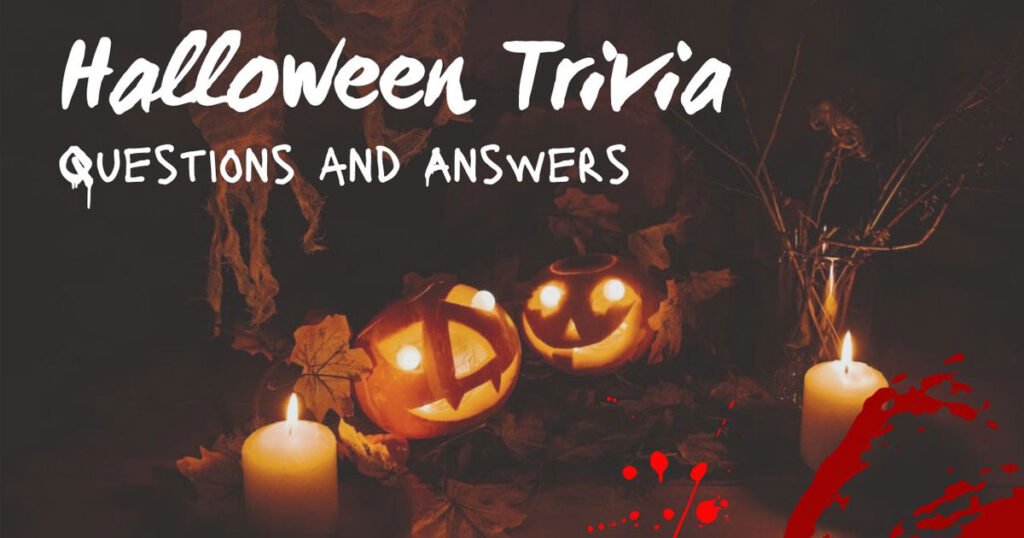Planet trivia combines fascinating facts about the solar system with fun questions that spark curiosity about Earth, Mars, Jupiter, and beyond.
From scorching temperatures on Venus to the icy rings of Saturn, planets hold endless wonders. Whether you’re preparing for a space-themed quiz night, creating educational content for students, or just curious about our cosmic neighbors, this complete guide of planet trivia questions and answers is tailored just for you.
This article will cover trivia for all the planets in our solar system, organized by themes such as planetary features, fun facts, astronomy knowledge, and more. We’ll also include a detailed trivia table, question-answer sections, and a helpful FAQ for clarity. Let’s take a journey through space!
🌍 Why Learn Planet Trivia?
Learning trivia about planets helps people understand the vast, fascinating universe around us. Planet trivia:
-
Enhances general science knowledge
-
Sparks curiosity about astronomy
-
Improves memory through fun learning
-
Engages children and adults alike in scientific thinking
Whether you’re learning solo or in a group, these planet facts and questions provide a great way to test and expand your cosmic knowledge.
🪐 Quick Planet Trivia Table
Here is a quick reference guide filled with fast facts about each planet:
| Planet | Order from Sun | Moons | Key Feature | Known For |
|---|---|---|---|---|
| Mercury | 1st | 0 | Smallest planet | Closest to the Sun |
| Venus | 2nd | 0 | Hottest surface temperature | Similar size to Earth |
| Earth | 3rd | 1 (Moon) | Only known life-supporting planet | Water and atmosphere |
| Mars | 4th | 2 | Red color due to iron oxide | Search for past life |
| Jupiter | 5th | 95+ | Largest planet | Great Red Spot, massive storms |
| Saturn | 6th | 146+ | Stunning ring system | Low density – could float in water |
| Uranus | 7th | 27 | Rotates on its side | Pale blue due to methane |
| Neptune | 8th | 14 | Strongest winds in solar system | Deep blue color |
Planet Trivia Questions and Answers
🌠 FAQs About Planet Trivia Questions and Answers
Q1: Why is Earth the only habitable planet?
A: Due to its atmosphere, temperature range, magnetic field, and water presence.
Q2: Which planet could humans colonize next?
A: Mars is the most likely candidate due to its relatively similar day length and terrain.
Q3: Why don’t Mercury and Venus have moons?
A: Possibly due to their proximity to the Sun which affects gravitational capture.
Q4: How do gas giants differ from terrestrial planets?
A: Gas giants are made mostly of hydrogen and helium and lack solid surfaces.
Q5: Which planet spins backwards?
A: Venus, it rotates in the opposite direction to most other planets.
Q6: Is Pluto a planet?
A: No, Pluto was reclassified as a dwarf planet in 2006.
Q7: Are there other planets beyond Neptune?
A: Possibly. Astronomers are still searching for hypothetical “Planet Nine.”
Q8: Which planet has rings besides Saturn?
A: Jupiter, Uranus, and Neptune also have ring systems, though less visible.
Q9: How long does it take light from the Sun to reach Earth?
A: Approximately 8 minutes and 20 seconds.
Q10: Which planet experiences the longest year?
A: Neptune, taking about 165 Earth years to orbit the Sun once.
🛰 Conclusion
Planets are not just massive spheres floating in space — they are dynamic, unique worlds full of surprises. From Earth’s vibrant biosphere to Jupiter’s swirling storms, each planet has a story to tell. Whether you’re a student, a trivia enthusiast, or an educator, exploring planetary trivia is a journey that brings the universe closer to home.
Stay curious, keep questioning, and never stop looking up.



